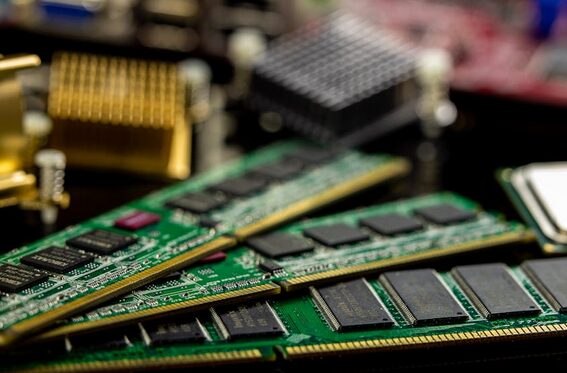In PCB design, engineers need to follow a series of principles for layout and routing to create excellent boards. While some principles can be disregarded, there are certain principles that must be adhered to for the stability and safety of the entire system. So, what are the principles that all engineers must follow?

1. Reasonable Signal Routing
Input/output, AC/DC, strong/weak signals, high frequency/low frequency, high voltage/low voltage signals should be separated in layout to avoid mutual interference.
Prioritize linear routing to reduce loop routing and minimize interference.
2. Ground Point Selection
The choice of ground point is crucial; try to follow the common ground principle to reduce ground potential differences.
Flexibly handle ground points to ensure signal stability and minimal interference.
3. Power Filtering/Decoupling Capacitor Layout
Power filtering/decoupling capacitors should be placed close to the components that need filtering to ensure effective filtering.
Reasonable layout of capacitors can improve ground point issues.
4. Trace and Hole Design
Trace design should consider current, voltage, and frequency, selecting appropriate trace widths.
Buried vias and through-hole sizes should be appropriate to avoid soldering issues.
High voltage and high frequency traces should be smooth to avoid sharp angles.
Pad and via sizes should match to avoid “C” shaped holes or pads being drilled out.
5. Via Count and Solder Point Design
Reduce unnecessary via counts to avoid copper plating issues.
Control the density of parallel traces in the same direction to prevent them from connecting during soldering.
Solder point distances should be moderate, considering the skill and efficiency of the soldering personnel.
This article is an original piece by Fan Yi Education; please indicate the source when reprinting!